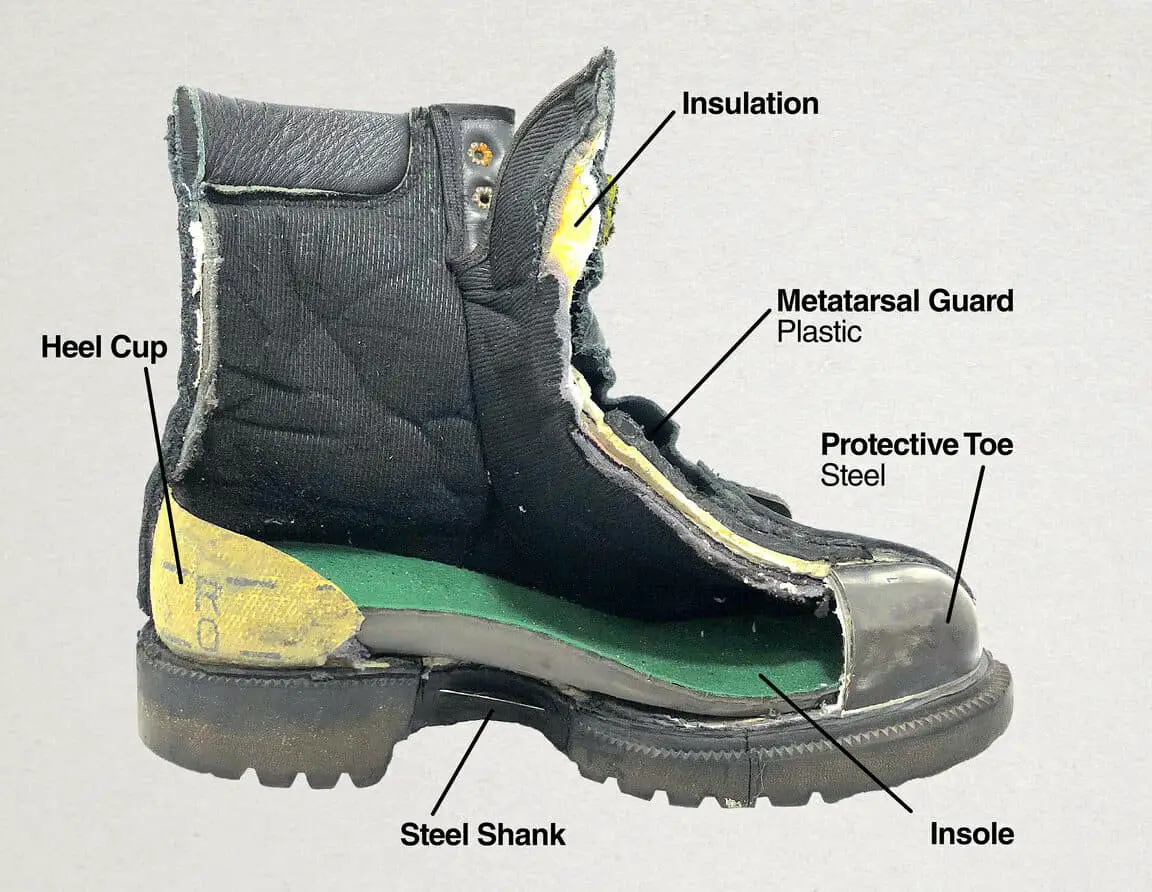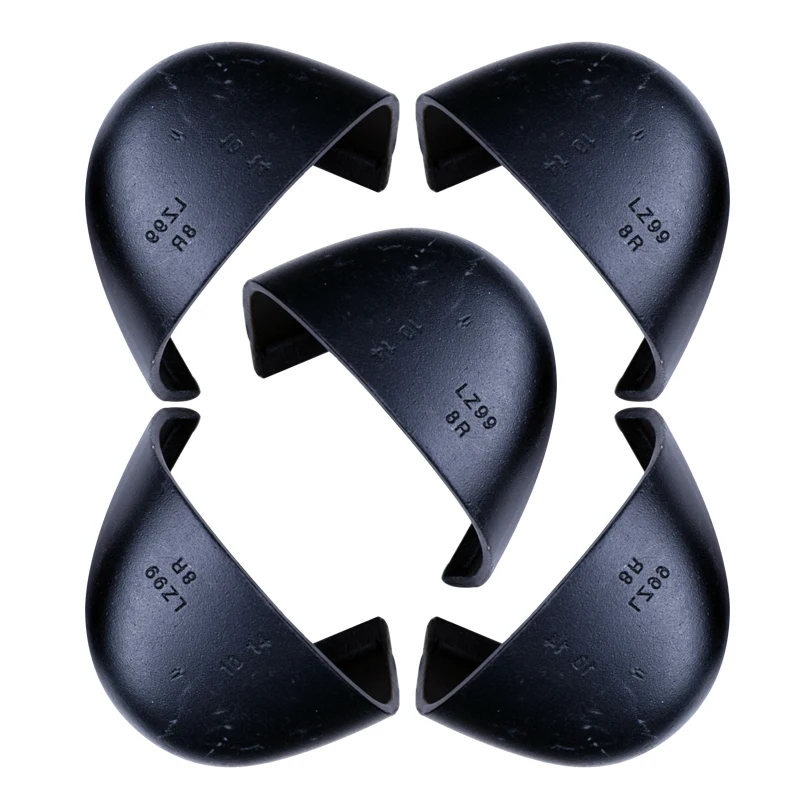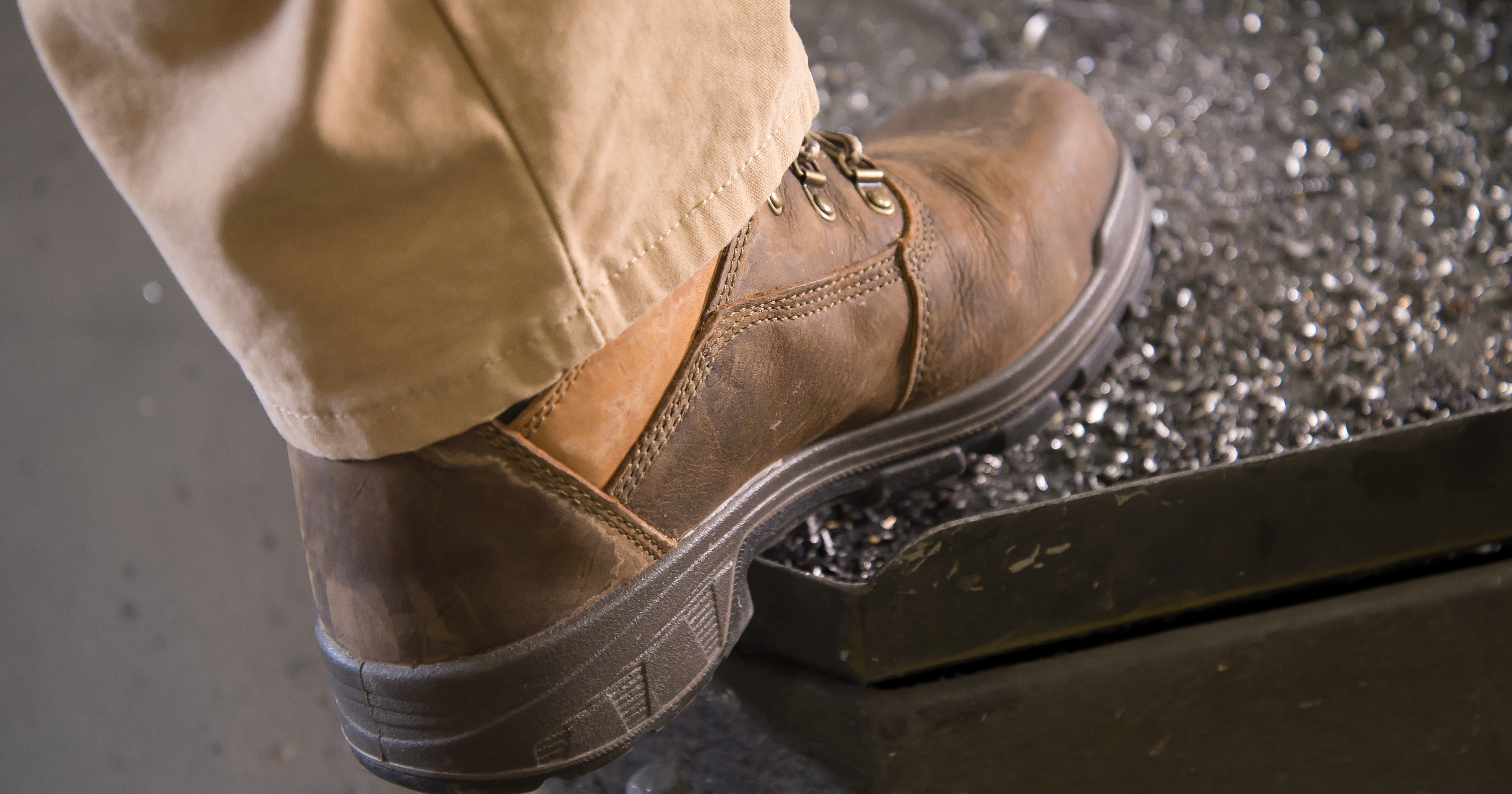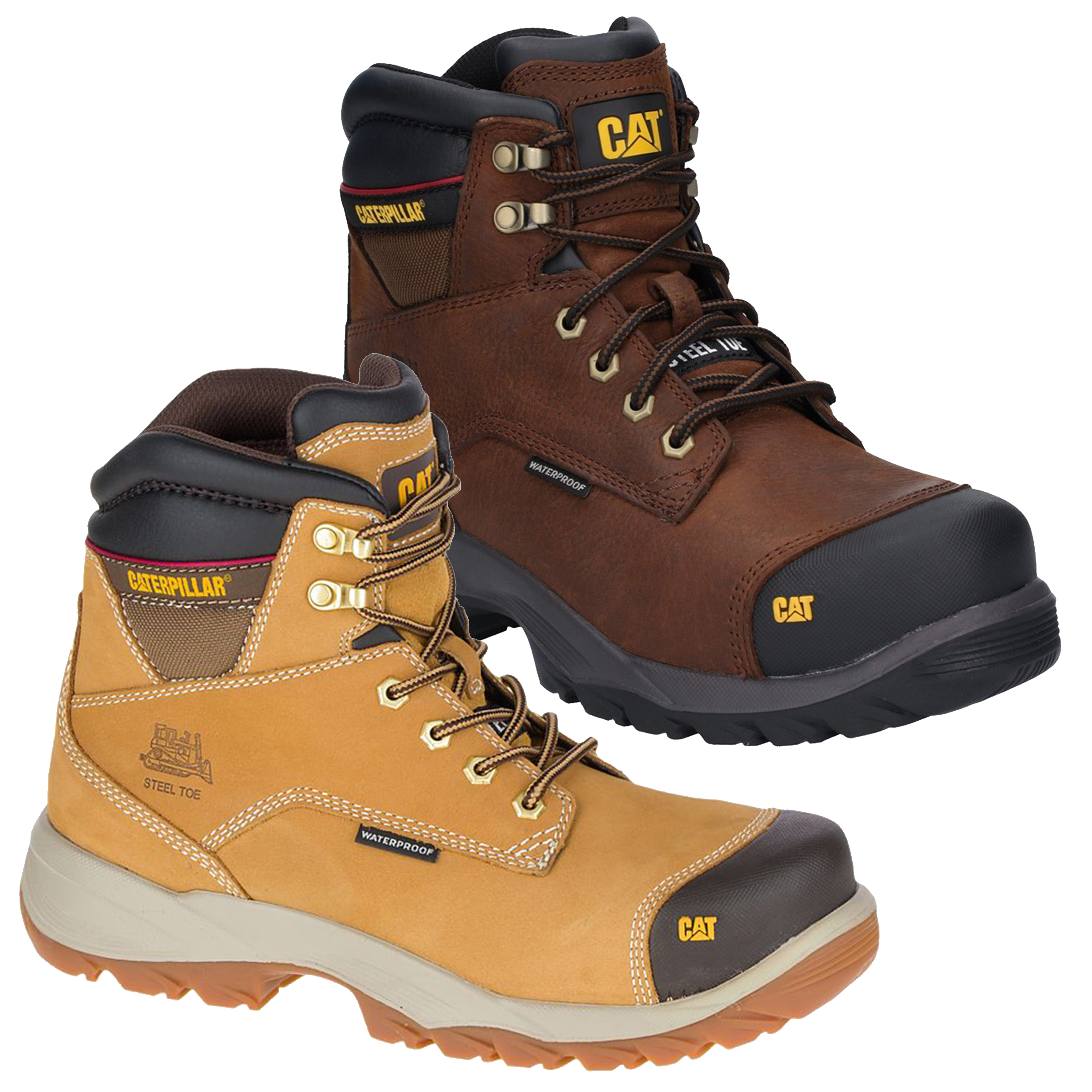Understanding the Basics of Safety Footwear
In various industries, foot injuries are a common occurrence, resulting in significant downtime, medical expenses, and even long-term disabilities. According to the Bureau of Labor Statistics, over 60,000 foot injuries occur annually in the United States alone. This staggering number highlights the importance of safety footwear in preventing such incidents. Safety toe and steel toe, in particular, play a crucial role in protecting workers’ feet from hazards such as heavy objects, sharp edges, and hot surfaces. By understanding the basics of safety footwear, employers and employees can take the necessary steps to create a safer work environment. In fact, the question “is safety toe and steel toe the same” is often raised, but before we dive into that, it’s essential to grasp the fundamentals of safety footwear.
What is Safety Toe? Uncovering the Truth
Safety toe is a crucial component of safety footwear, designed to protect the toes from injuries caused by heavy objects, compression, or punctures. Its primary purpose is to absorb and distribute the impact of a potential hazard, thereby reducing the risk of foot injuries. Safety toe is not just a feature of steel toe shoes, but rather a broader category that encompasses various types of protective toe caps. These include alloy toe, composite toe, and steel toe, each with its unique characteristics, advantages, and disadvantages. Understanding the differences between these types of safety toe is essential in selecting the right safety footwear for specific job requirements and industries. While the question “is safety toe and steel toe the same” may seem straightforward, it’s essential to delve deeper into the world of safety toe to appreciate its significance in preventing foot injuries.
Steel Toe: The Ultimate Protector of Your Feet
Steel toe is a type of safety toe that has been a cornerstone of foot protection for decades. Its exceptional strength, durability, and ability to withstand heavy impacts make it an ideal choice for high-risk environments. Steel toe shoes are designed to meet the rigorous standards of various industries, including construction, manufacturing, and mining, where the risk of foot injuries is significantly higher. The steel toe cap is typically made from high-carbon steel, which provides unparalleled protection against compression, punctures, and crushing. In addition, steel toe shoes often feature a midsole plate that adds an extra layer of protection against punctures and lacerations. While the question “is safety toe and steel toe the same” may lead some to believe that steel toe is just a type of safety toe, the benefits of steel toe far surpass those of other safety toe options, making it a preferred choice for many industries.
Is Safety Toe and Steel Toe the Same? A Closer Look
The question “is safety toe and steel toe the same” is a common one, and it’s essential to clarify the similarities and differences between these two terms. While both safety toe and steel toe are designed to protect the toes from injuries, they are not interchangeable terms. Safety toe is a broader category that encompasses various types of protective toe caps, including alloy, composite, and steel toe. Steel toe, on the other hand, is a specific type of safety toe made from high-carbon steel, known for its exceptional strength and durability. The main difference lies in the material used and the level of protection provided. Steel toe offers superior protection compared to other safety toe options, making it a preferred choice for high-risk environments. However, alloy and composite toe options may be more suitable for specific industries or job requirements. Understanding the differences between safety toe and steel toe is crucial in selecting the right safety footwear for your needs.
How to Choose the Right Safety Footwear for Your Needs
Selecting the appropriate safety footwear can be a daunting task, especially with the numerous options available in the market. However, it’s crucial to get it right, as the wrong choice can compromise foot safety. When choosing safety toe or steel toe shoes, consider the following factors: job requirements, personal comfort, and budget. Identify the specific hazards present in your work environment and look for shoes that meet the corresponding safety standards. For instance, if you work in a high-impact environment, steel toe shoes may be the better option. On the other hand, if you require shoes for a job that involves electrical hazards, alloy or composite toe shoes may be more suitable. Additionally, consider the comfort and fit of the shoes, as well as any additional features that may be necessary, such as slip-resistance or waterproofing. By taking these factors into account, you can ensure that you’re getting the right safety footwear for your needs, and ultimately, protecting your feet from injuries. Remember, the question “is safety toe and steel toe the same” is not as important as understanding the specific requirements of your job and choosing the appropriate safety footwear accordingly.
Real-World Applications: Industries That Rely on Safety Toe and Steel Toe
Safety toe and steel toe are not just essential components of safety footwear; they are also crucial in various industries where foot protection is paramount. Construction, manufacturing, and healthcare are just a few examples of industries that heavily rely on safety toe and steel toe to ensure the safety of their workers. In construction, for instance, workers are exposed to hazards such as falling objects, heavy machinery, and sharp edges, making steel toe shoes a necessity. In manufacturing, workers may be exposed to heavy equipment, hot surfaces, and chemical spills, requiring safety footwear that can withstand these hazards. In healthcare, workers may be exposed to infectious diseases, sharp objects, and heavy equipment, making safety toe shoes a vital component of their personal protective equipment. Understanding the specific challenges and hazards faced by workers in these industries is crucial in selecting the appropriate safety footwear. By recognizing the importance of safety toe and steel toe in these industries, employers and employees can work together to prioritize foot safety and prevent injuries. While the question “is safety toe and steel toe the same” may seem trivial, it’s essential to understand the differences between these two terms to make informed decisions about safety footwear in these high-risk industries.
Debunking Common Myths About Safety Toe and Steel Toe
Despite their importance in preventing foot injuries, safety toe and steel toe are often misunderstood. Several myths and misconceptions surround these essential safety features, which can lead to misconceptions and misinformed decisions. One common myth is that safety toe and steel toe shoes are uncomfortable and impractical. However, this is far from the truth. Modern safety footwear is designed to provide both protection and comfort, with many styles and designs available to suit different needs and preferences. Another myth is that safety toe and steel toe are only necessary for high-risk industries, such as construction and manufacturing. While it is true that these industries have a higher risk of foot injuries, safety toe and steel toe can benefit workers in any industry where foot protection is necessary. By understanding the facts and debunking these myths, employers and employees can make informed decisions about safety footwear and prioritize foot safety in the workplace. It’s also important to clarify that “is safety toe and steel toe the same” is a common question, but understanding the differences between these two terms is crucial in selecting the appropriate safety footwear. By doing so, workers can ensure they have the right protection for their feet, and employers can reduce the risk of foot injuries in the workplace.
Conclusion: Prioritizing Foot Safety in the Workplace
In conclusion, safety toe and steel toe are essential components of safety footwear, providing critical protection against foot injuries in various industries. By understanding the differences between safety toe and steel toe, employers and employees can make informed decisions about safety footwear and prioritize foot safety in the workplace. It’s crucial to recognize that “is safety toe and steel toe the same” is a common question, but understanding the nuances between these two terms can make all the difference in preventing foot injuries. By debunking common myths and misconceptions, employers and employees can work together to create a safer work environment. Ultimately, prioritizing foot safety is a critical aspect of maintaining a safe and healthy workplace, and by doing so, employers can reduce the risk of foot injuries, improve productivity, and enhance overall well-being. By recognizing the importance of safety toe and steel toe, employers and employees can take a proactive approach to foot safety, ensuring a safer and healthier work environment for all.








